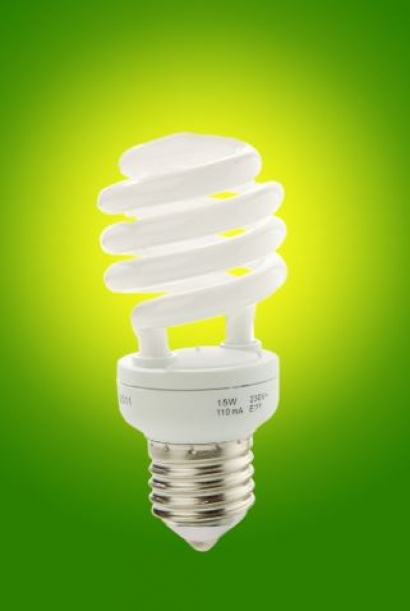
The EPA report – Public Health Benefits per kWh of Energy Efficiency and Renewable Energy in the United States – quantifies public health benefits from improved air quality achieved using energy efficiency and renewable energy technologies, developing a ‘benefits per kilowatt hour’ estimate for different regions of the country. EPA found that in many regions across the country, energy efficiency delivers more public health benefits than simply replacing one generation technology with another. The calculations were based on reduced mortality from key pollutants – specifically sulfur dioxide (SO2), nitrogen oxides (NOx), and fine particulate matter (PM2.5).
The report looked at efficiency’s value both in times of peak demand (from 0.46 cents to 8.08 cents per kWh) and at times of steady consumption (0.42 cents to 7.95 cents per kWh). The range of benefits varies by region, largely reflecting differences in energy sources. EPA found that displacing baseload power with energy efficiency creates greater benefits in many regions than efficiency measures targeted at peak load reduction because “peaking units are generally natural gas units that can ramp up and down quickly compared to baseload coal or nuclear units that typically operate 24 hours a day.”
“What this report confirms is that energy efficiency is saving much more than just dollars and cents on your utility bill” said Alliance to Save Energy President Jason Hartke. “It’s giving us cleaner air and improved health, and that is delivering huge economic benefits. Too often we are not taking those benefits into account when making decisions, particularly in Washington. This is exactly the kind of information policy-makers need to make better decisions that fully account for the many co-benefits of efficiency. When you look at the full picture, it’s painfully clear we should be investing a lot more in efficiency at the state, local, and federal levels.”
For additional information:

